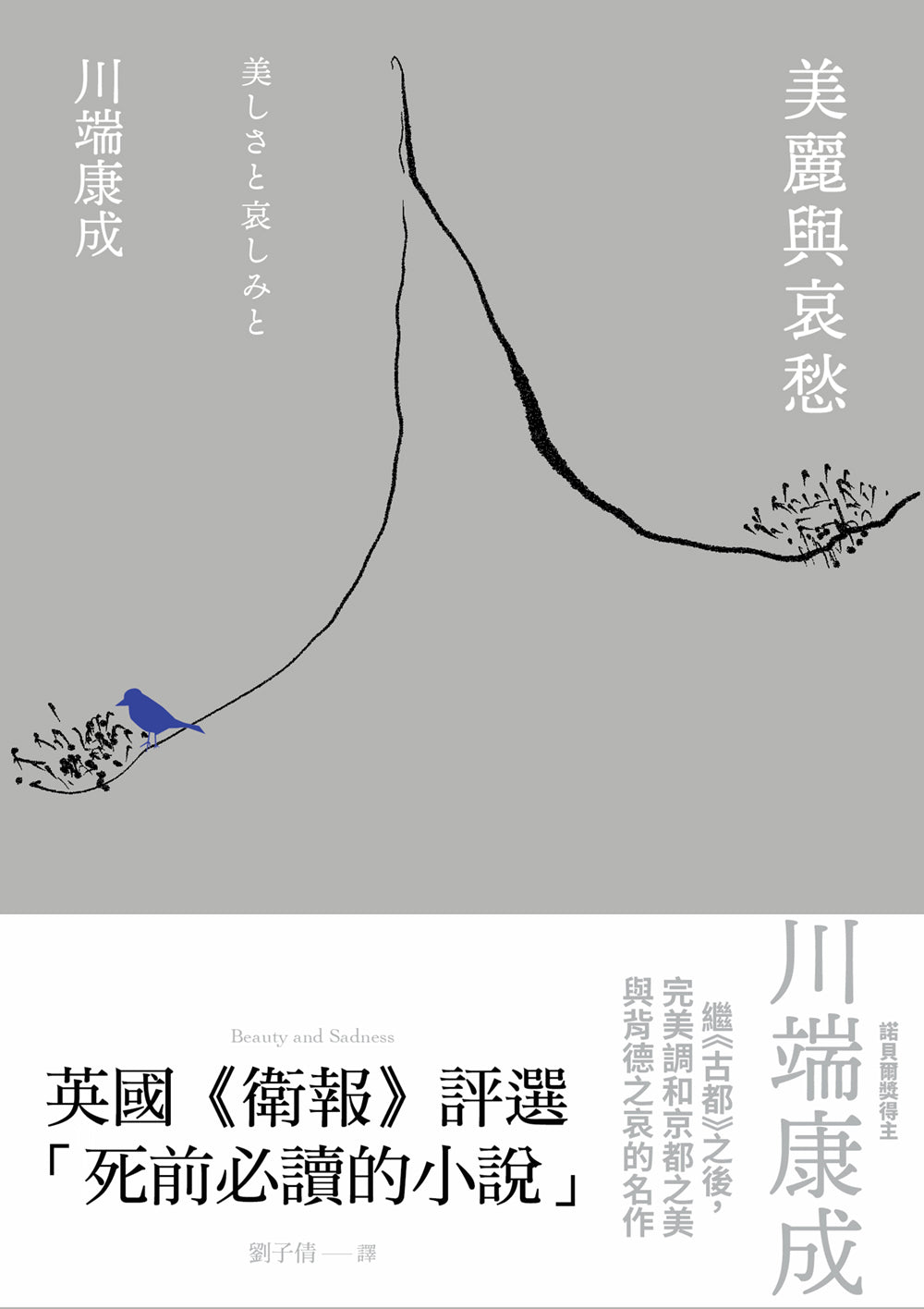beauty and sorrow
beauty and sorrow
Couldn't load pickup availability
The girl's teeth marks were left on the man's arm, which was bleeding slightly.
The girl licked the wound and said, "Bite me too."
Forbidden love rings again on New Year's Eve
The beautiful ancient capital in Kawabata Yasunari's works interweaves lust and loneliness .
A masterpiece that unfolds under extreme sadness
"This novel made me understand many secrets of Kawabata literature."
——Yukio Mishima hailed it as the essence of Kawabata’s mature creative skills.
★Nobel Prize in Literature Masterpieces・Commemorative Collector’s Edition ★
"Will you listen to the New Year's Eve bells with me?"
Novelist Norio Ohgi boarded a train to Kyoto and was about to reunite with his former lover Ueno Otonko on New Year's Eve.
More than twenty years ago, female student Neko miscarried after she became pregnant with Ogi's child, who had a family. She then attempted suicide and moved to Kyoto, and has not been heard from since. After the two broke up, Omu wrote the novel "A Girl of Sixteen or Seventeen Years Old" with this relationship as the theme, which became his best-selling work.
As time goes by, Yinzi has become a famous Japanese painting painter. After Omu learns about it, he has the idea of listening to the New Year's Eve bell with Yinzi. However, when he comes to visit, he meets Yinzi's young and beautiful disciple, who is also her lover. Keiko.
In the cold winter in Kyoto, memories of unethical love burned in Oki's chest. He lamented that he had trampled on the most innocent Yinzi in his girlhood, but missed the most beautiful moment in Yinzi's life as if retribution. At this time, Keiko realized that Yinzi still loved Omu, and her heart became crazy due to jealousy. She was determined to seduce Omu and his son Taichiro to avenge Yinzi...
"At dusk in spring, the garden is covered with light blue twilight.
You emerged in the dusk, walking slowly..."
The sixteen-year-old girl who once called the man "little boy" is now slowly approaching with another charming body. The love, hate and passion spread from the brush, deeply stirring up the fate of the five characters who are bound by fate.
‡
"Beauty and Sorrow" was serialized in " Women's Public Theory" from 1961 to 1963. Kawabata used beautiful words to delicately depict the despair of love and material sorrow in life through the tragic love of a female painter in her youth. beauty of. From the beautiful first love of a girl, to incest and same-sex love, the works vividly describe the deep human psychology and morbid and cruel emotions. While inheriting the tradition of Japanese classical literature, it also opens up the dual exploration of literature and painting art, which shows the writer's superb skills in his later years. Excellent narrative skills and mature novel techniques.
The novelist's pace traveled all the way to Kyoto, Kamakura, Enoshima, and Lake Biwa . The writer used the big wood and music to flow back to the love and hate in his heart along with the ringing of the ancient temple bells, letting the past and present time and space permeate each other, and integrating aesthetic consciousness into the wonderful narrative. In the book, the style of the ancient capitals of the East and West since the Edo period is displayed; the scenes in his writings that lead to the beauty of destruction vividly present another ancient capital hidden deep in the heart of the writer.


